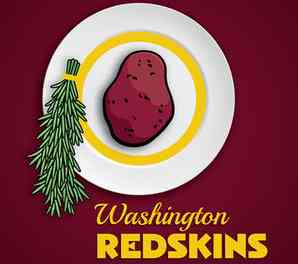The bad news is that the publisher decided the retail prospects were still poor enough that publishing The Fantasy Baseball Guide 2021 was not a good idea. We’re holding out hope for the football magazine, and all we can do is see.
The good news (and I hope you agree) is that I’m writing Rotoman’s Fantasy Baseball Guide 2021, kind of the same but obviously different, too.
What’s the same? There will be a lot of profiles, prices, and projections. How many? We’ll see. Everyone who is projected to be a regular, for sure, and lots of other players who might contribute in deep leagues will be profiled. I’m writing all the profiles myself, so there may not be quite as many bits about back-of-the-bullpen arms as usual. But if the season doesn’t start until June, maybe I’ll get to everyone.
There will also be draft at a glance lists by position, and some pieces about strategy and ways to play fantasy that I’m working on.
What’s different? No mock draft. I don’t think it makes sense when the start of the season is indefinite. Once we know for sure maybe we try one.
No Strategies of Champions. I inveigle my colleagues to contribute to the Guide each year by asking them to explain why they’re so good at this game. And so lucky. They do it for a copy of the printed Guide, which I greatly appreciate. That won’t be possible this year, so I let them off the hook.
There may not be a print version. My goal is to have a print-on-demand version of the book available at the start of February. But my experience with this tech is limited, I don’t think I can promise that at this point. But I’m going to try.
There will be an ebook version available in February if the season is going to start in April. It will be pushed back if the start of the season is.
In the meantime, please sign up for The Newsletter. I’ll be putting out an issue each week, containing the player profiles I’ve been working on, some notes on the news, recommended reading, answer reader asks, and some other fun stuff I hope. It will be free, so you have nothing to lose! Click here to sign up for The Newsletter.
I’m also publishing all the player profiles at pattonandco.com. Alex and Colin have made a special membership level for Rotoman’s Guide. For $10 my profiles for each player will appear at the top of each player page. Subscribers to the big package will have access, too, for no extra charge. Please check out the site, it’s great even if you don’t subscribe but you do have to sign up, the subscription page goes live on December 15th, and the first profiles go up about then, too, once we work out the kinks.






